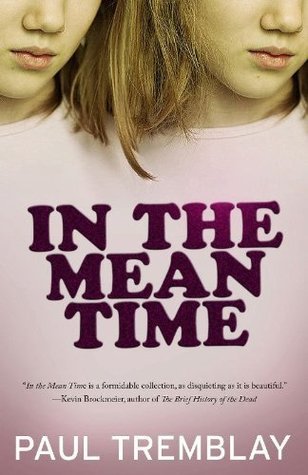What do you think?
Rate this book


221 pages, Kindle Edition
First published January 1, 2010
 come to my blog!
come to my blog!Danny tries to send his ears out again and this time he hears his parents in the hallway. They speak with one voice. He hears words that he doesn’t understand. They might be arguing and they might be laughing and they might be crying but it doesn’t matter, because Danny knows tonight was the best night of their vacation.